
Nature never ceases to amaze with its variety and wonder, but some creatures stand out for their sheer size. From the depths of the oceans to the dense forests, these colossal beings challenge our understanding of what it means to be a large animal. Whether it’s their massive girth or extraordinary length, these animals evoke a sense of awe and fascination, highlighting the incredible diversity and scale of life on Earth.
Each of these creatures possesses unique traits that contribute to their enormous size, making them true giants in their respective habitats. From the mysterious depths of the ocean to the sprawling savannas, these animals showcase the extremes of nature’s creativity.
Ocean Sunfish (Mola mola)
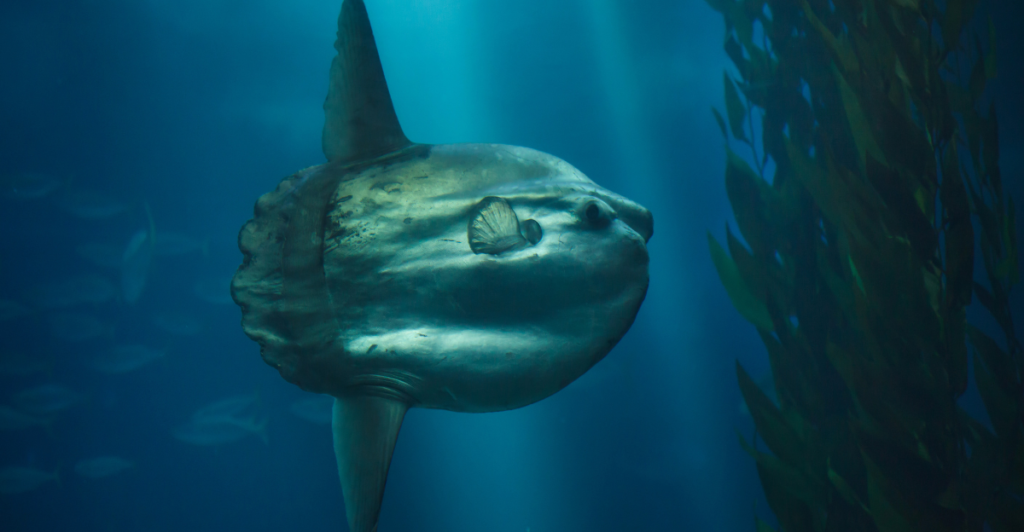
The ocean sunfish, also known as Mola mola, is the heaviest bony fish in the world. Weighing up to 2,200 pounds and measuring nearly 10 feet in length, this bizarre-looking fish resembles a large, flattened disk. Despite their size, ocean sunfish are gentle giants, feeding primarily on jellyfish and other small marine organisms.
African Elephant (Loxodonta africana)
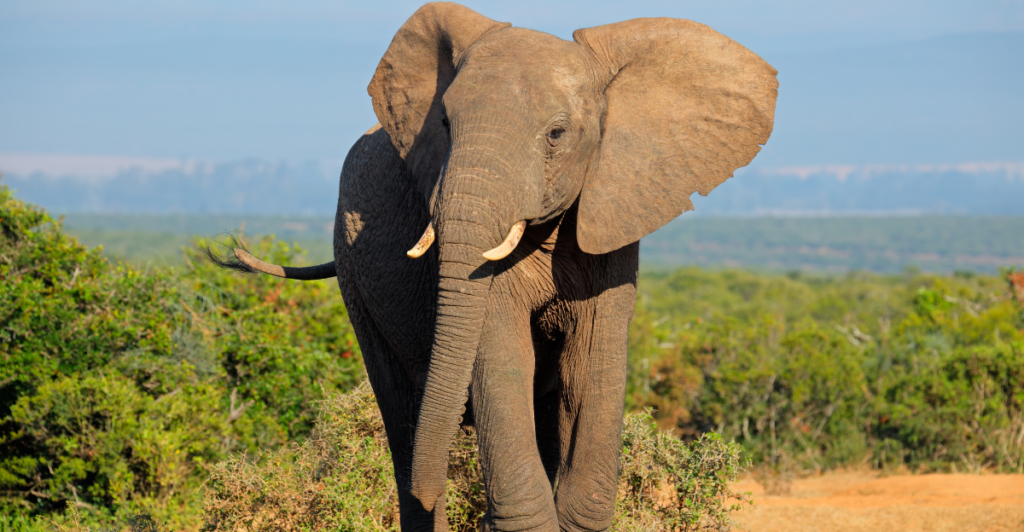
The African elephant is the largest land mammal, with males standing up to 13 feet tall at the shoulder and weighing up to 14,000 pounds. These gentle giants are known for their immense ears, which help regulate their body temperature in the hot African climate. Their size and strength are legendary, allowing them to push down trees and carry heavy loads.
Saltwater Crocodile (Crocodylus porosus)
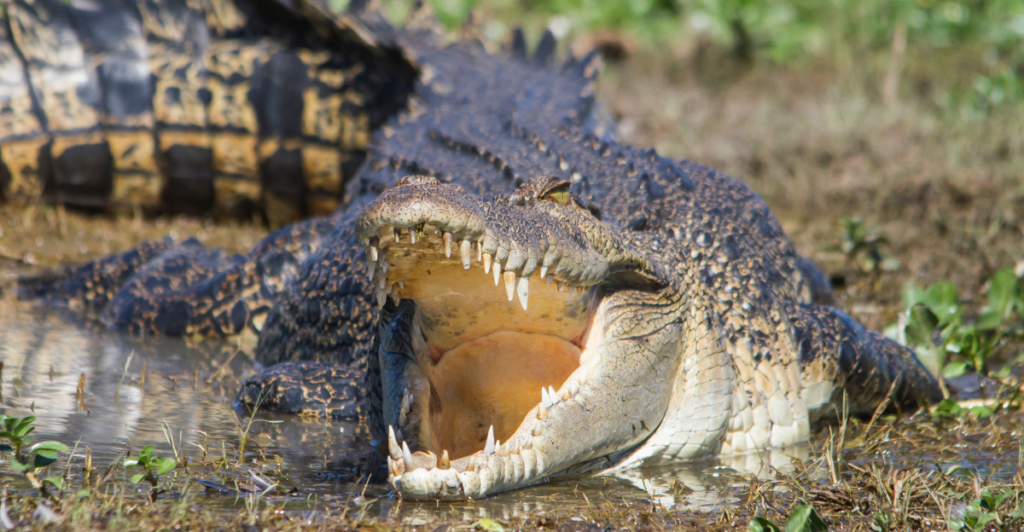
The saltwater crocodile is the largest living reptile, with some individuals growing up to 23 feet in length and weighing over 2,200 pounds. Found in the brackish and freshwater regions of Southeast Asia and Australia, these formidable predators are known for their incredible bite force. Their powerful jaws can crush bones and even small boats.
Giraffe (Giraffa camelopardalis)
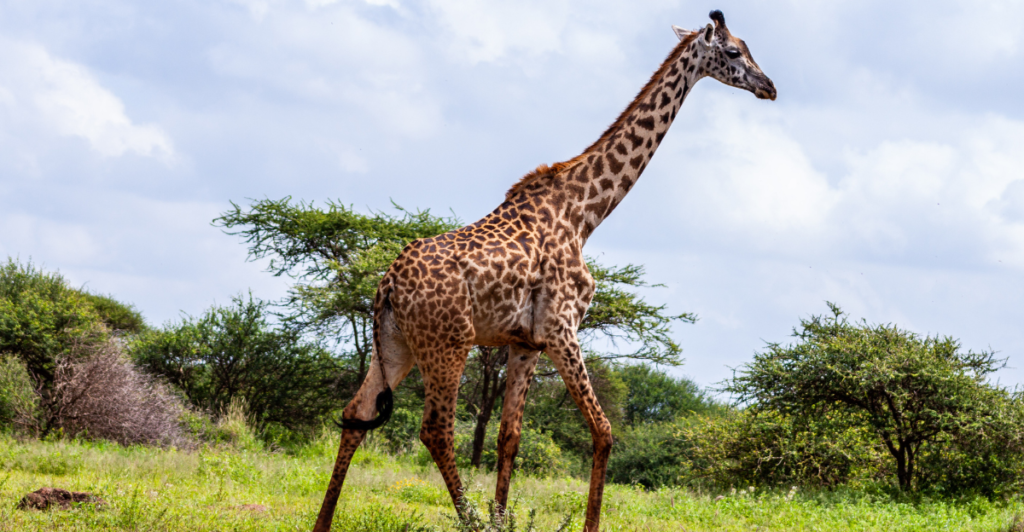
Giraffes are the tallest mammals on Earth, with males reaching heights of up to 18 feet. Their long necks, which can be up to 6 feet in length, allow them to reach leaves high up in trees that other herbivores can’t access. Their size is complemented by their unique spotted coats, which provide camouflage in the dappled light of the savanna.
Blue Whale (Balaenoptera musculus)
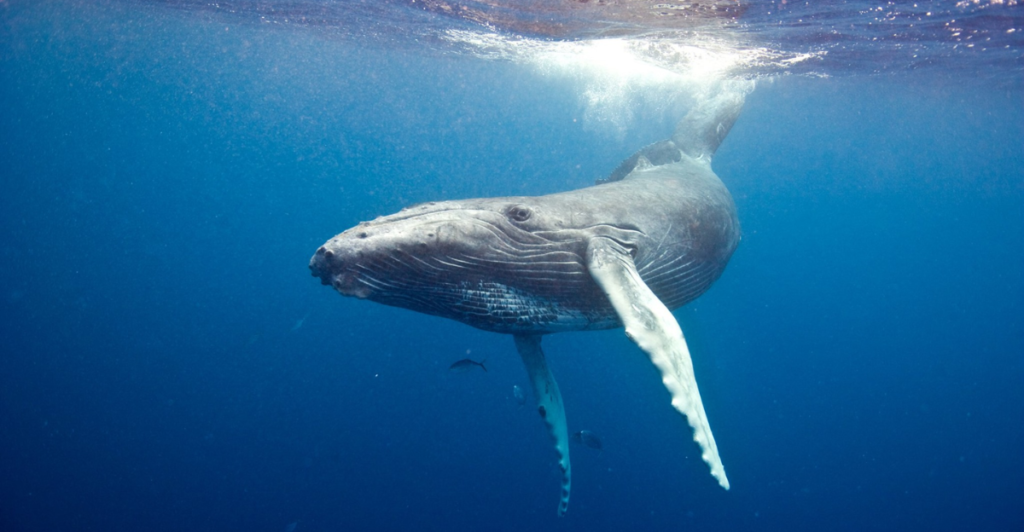
The blue whale is the largest animal to have ever lived on Earth, with lengths of up to 100 feet and weights exceeding 200,000 pounds. These marine giants feed primarily on tiny krill, consuming up to four tons of the small crustaceans per day. Despite their massive size, blue whales are known for their graceful swimming and melodic songs.
Komodo Dragon (Varanus komodoensis)
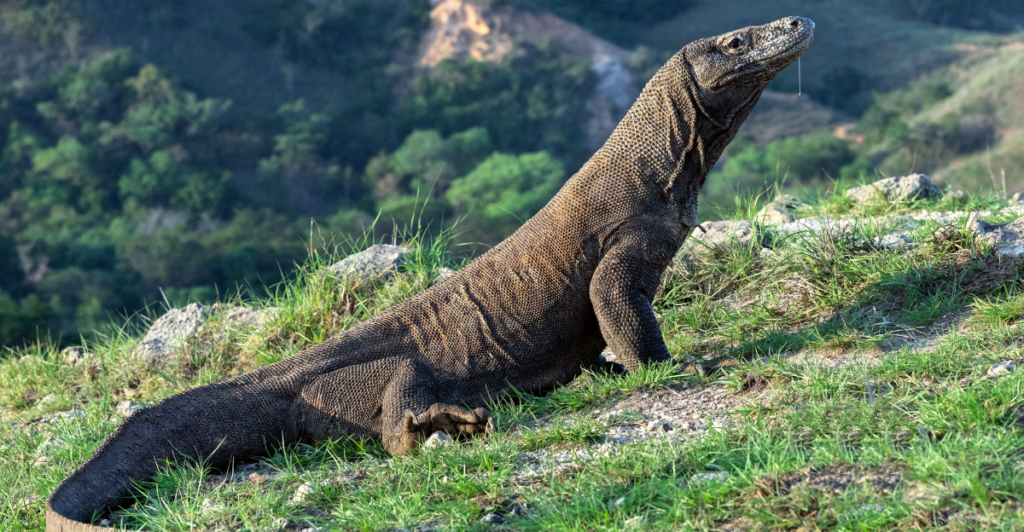
The Komodo dragon is the largest living lizard, growing up to 10 feet long and weighing around 300 pounds. Native to a few Indonesian islands, these formidable predators have a venomous bite and a keen sense of smell, capable of detecting carrion from miles away. Their powerful legs and sharp claws make them effective hunters of large prey.
Green Anaconda (Eunectes murinus)
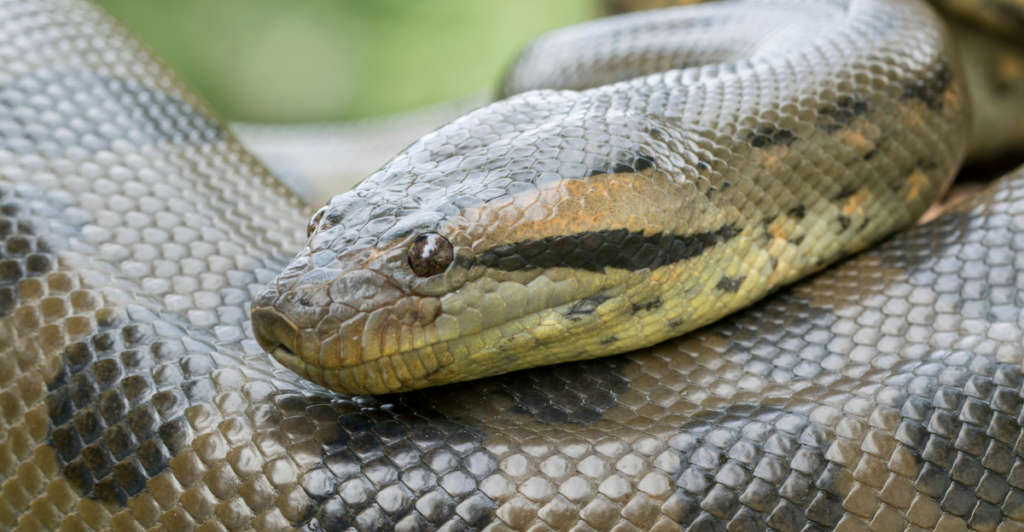
The green anaconda is the heaviest snake in the world, with some individuals reaching over 30 feet in length and weighing more than 500 pounds. Found in the swamps and rivers of South America, these non-venomous snakes constrict their prey with powerful coils. Their immense size makes them capable of taking down large animals such as deer and caimans.
Japanese Spider Crab (Macrocheira kaempferi)
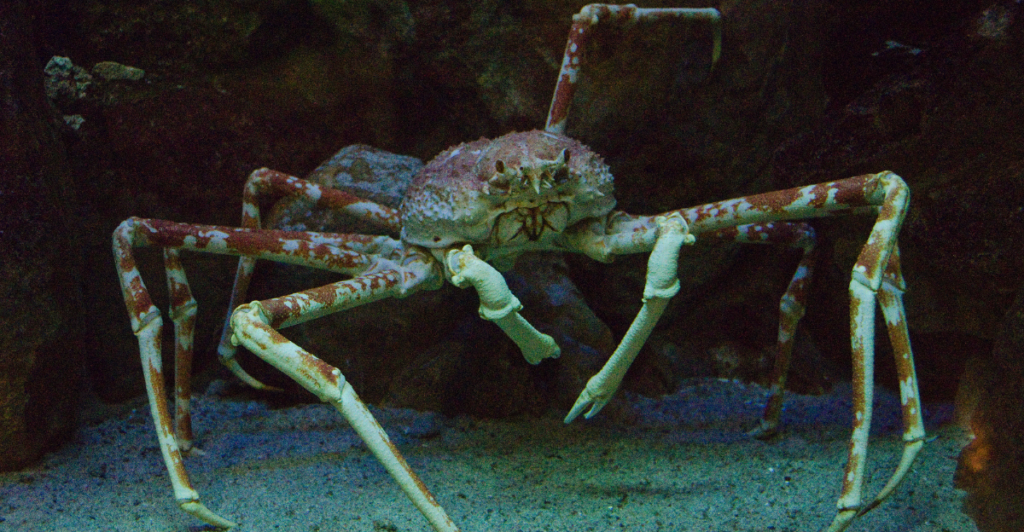
The Japanese spider crab holds the title of the largest arthropod, with leg spans reaching up to 12 feet. Found in the deep waters around Japan, these crabs have long, spindly legs that make them look like something out of a science fiction movie. Despite their intimidating appearance, they are scavengers, feeding primarily on dead animals and plant matter.
Capybara (Hydrochoerus hydrochaeris)
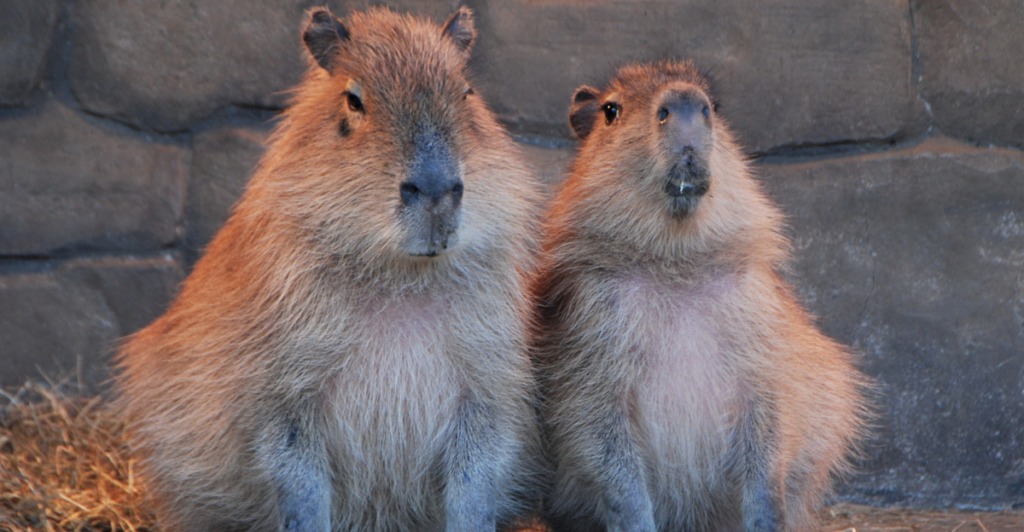
The capybara is the largest rodent in the world, with adults weighing up to 145 pounds and measuring over 4 feet in length. Native to South America, these semi-aquatic mammals are social creatures, often found in large groups near water sources. Their webbed feet make them excellent swimmers, and they feed primarily on grasses and aquatic plants.
Giant Squid (Architeuthis dux)
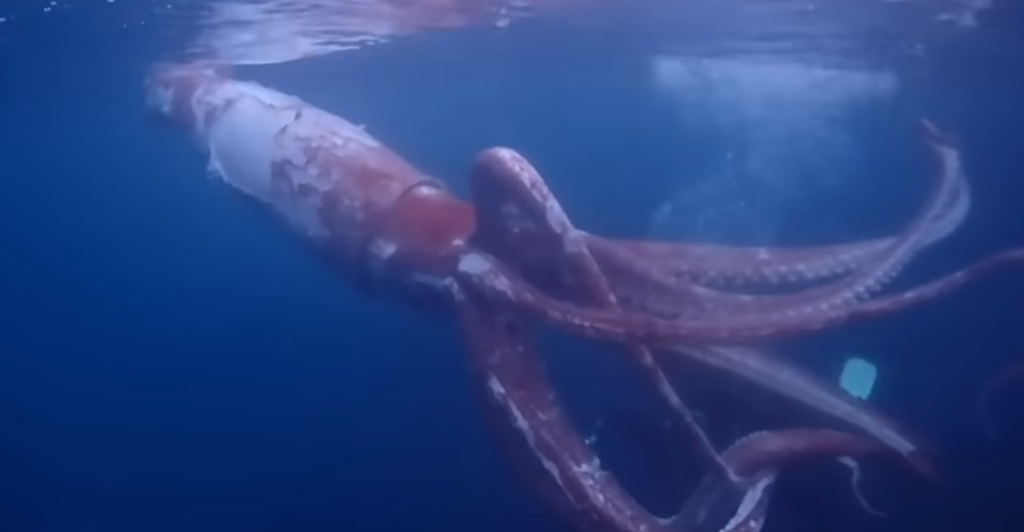
The giant squid is one of the most elusive and mysterious creatures of the deep sea, with lengths of up to 43 feet reported. These massive cephalopods have eyes as large as dinner plates and long tentacles equipped with powerful suckers. Their encounters with sperm whales have been the stuff of legend, contributing to their fearsome reputation.
Nature’s Giants
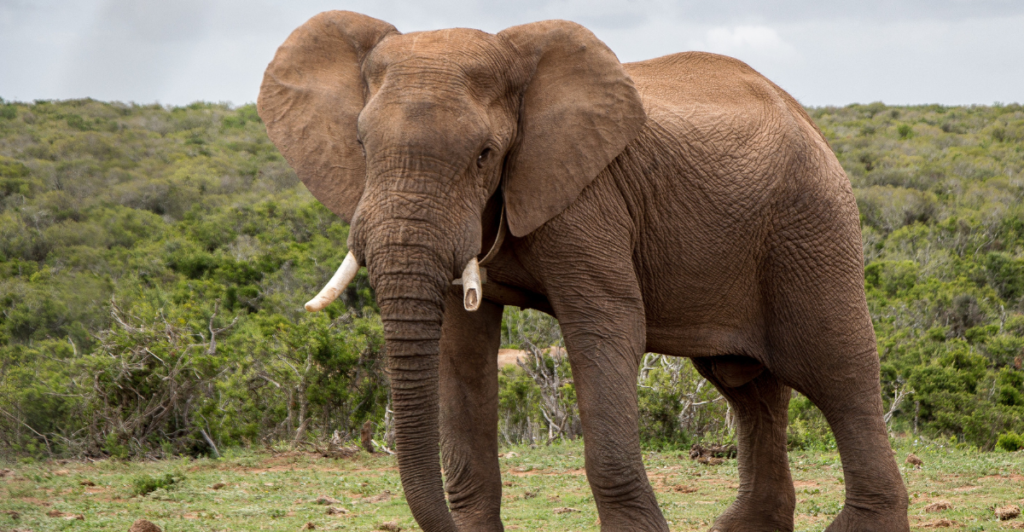
These abnormally large animals remind us of the vast potential for diversity and scale in the natural world. Their impressive sizes serve various evolutionary purposes, from protection against predators to enhanced feeding capabilities. Each of these creatures plays a crucial role in their respective ecosystems, contributing to the balance and health of their environments.
Protecting Our Giants
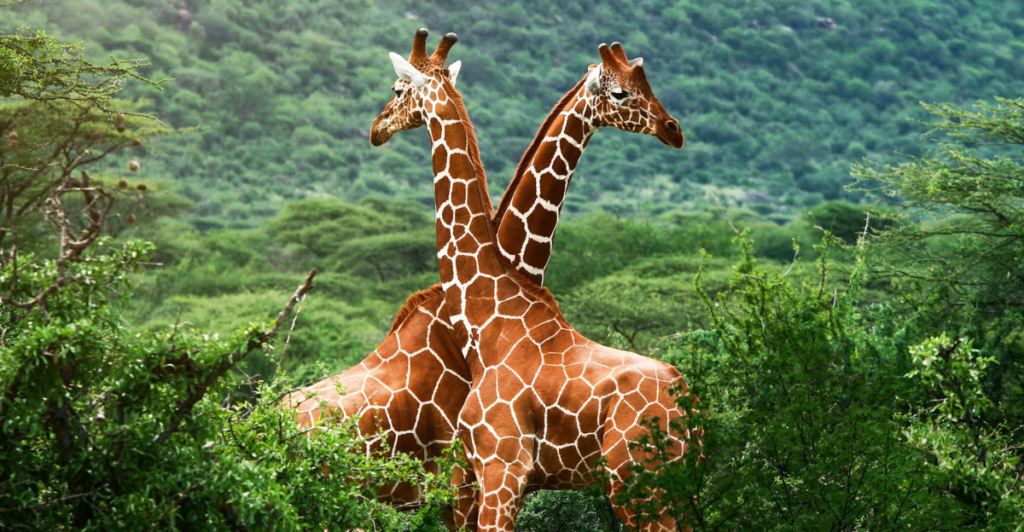
Exploring these natural giants opens a window into the incredible adaptability and variety of life on Earth. While some of these species face threats from habitat loss and climate change, efforts to conserve and protect them are vital for maintaining the planet’s biodiversity. The existence of these giants is a testament to the wonders of the natural world and a call to appreciate and protect the extraordinary life forms that share our planet.
Discover more of our trending stories and follow us to keep them appearing in your feed
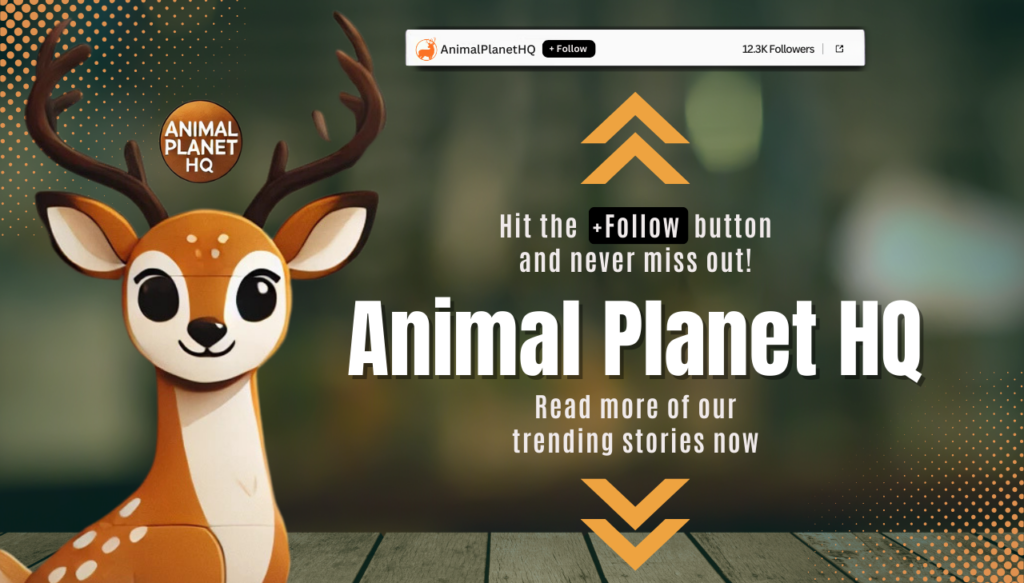
California Is Splitting Apart: A Fault Line Is Forming Faster Than Anyone Predicted
11 Giant Nests Pushing The Limits Of Nature’s Design
12 Dog Breeds That Stay Puppy-Sized Forever
13 Dog Breeds That Will Defend Humans No Matter What
Stay connected with us for more stories like this! Follow us to get the latest updates or hit the Follow button at the top of this article, and let us know what you think by leaving your feedback below. We’d love to hear from you!







